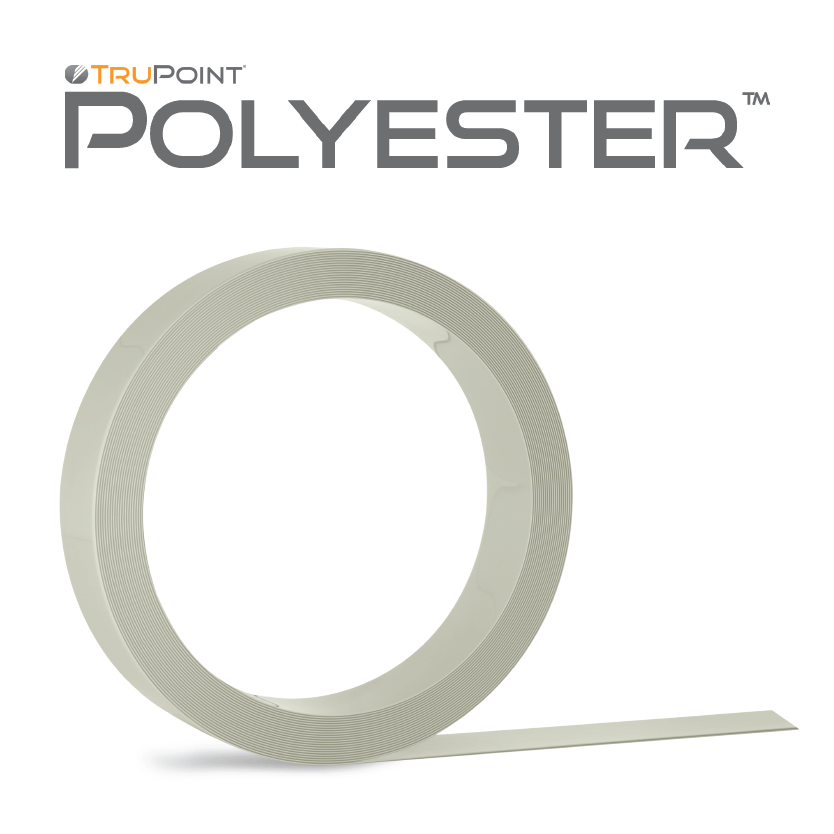Switching to polyester containment blades from steel can offer several benefits for printers. Here are the top 5 reasons to make the switch:
1. Elimination of Back Doctoring:
Some printers encounter back-doctoring issues at higher press speeds when using steel containment blades. Steel blades are too rigid to allow back-doctored ink to flow back into the chamber, leading to ink buildup and negatively affecting press uptime. Polyester blades, while effectively containing ink, are flexible enough to enable back-doctored ink to return into the chamber, preventing back-doctoring and maintaining print quality.
2. Cost Savings:
Polyester containment blades are significantly more cost-effective than steel blades. The price per inch for polyester blades is typically one-third to one-half that of steel, making them a cost-efficient choice for printers.
3. Enhanced Safety:
Replacing the steel containment blade in a chamber with polyester reduces the risk of doctor blade injuries by 50%. Polyester blades are safer to handle, as they don’t pose the same cutting hazard as steel blades during installation and removal from the press.
4. Prevention of Anilox Damage:
Polyester containment blades are gentle on anilox rolls. They won’t score or damage the rolls, and the material contains no sharp fragments that could break off and harm the engraving on the roll. This non-abrasive quality helps extend the life of anilox rolls, saving on the expense of re-engraving or replacement.
5. Reduced Environmental Impact:
Polyester containment blades emit a smaller amount of carbon dioxide during production compared to steel blades. Using polyester blades can help printers meet environmental requirements for reducing their carbon footprint, contributing to an eco-friendly printing process. Switching to polyester containment blades reduces downtime and provides a lower per-unit cost while delivering safety benefits, reducing back-doctoring, and lowering the environmental impact of the printing process. It’s a small change that can make a significant difference in efficiency and overall performance in the pressroom.


